calsfoundation@cals.org
Paris (Logan County)
County Seat
| Latitude and Longitude: | 35º17’31″N 093º43’47″W |
| Elevation: | 432 feet |
| Area: | 4.57 square miles (2020 Census) |
| Population: | 3,176 (2020 Census) |
| Incorporation Date: | February 19, 1879 |
Historical Population as per the U.S. Census:
|
1810 |
1820 |
1830 |
1840 |
1850 |
1860 |
1870 |
1880 |
1890 |
1900 |
|
– |
– |
– |
– |
– |
– |
– |
– |
547 |
836 |
|
1910 |
1920 |
1930 |
1940 |
1950 |
1960 |
1970 |
1980 |
1990 |
2000 |
|
1,497 |
1,740 |
3,234 |
3,430 |
3,731 |
3,007 |
3,646 |
3,991 |
3,674 |
3,707 |
|
2010 |
2020 |
|
|
|
|
|
|
|
|
|
3,532 |
3,176 |
|
|
|
|
|
|
|
|
Paris, located in north-central Logan County, is one of the county’s two seats. The other county seat, Booneville, is located in the southern part of the county. Built around the courthouse square, Paris is economically supported by agricultural activity, retail business enterprises, and small industries. One of the town’s attractions is the Logan County Museum, located in the old county jail. The museum is dedicated to preservation of the history of Logan County. Tourism related to Mount Magazine, located seventeen miles south of Paris, also has benefited the town.
Reconstruction through the Gilded Age
When the legislature created Logan County as Sarber County in 1871, naming it after noted “carpetbagger” John Newton Sarber, Paris did not exist. The act creating the county called for a commission to determine the site of the county seat. After three of the commission’s recommendations met with vehement opposition, an election was called in 1874 to determine the site of the county seat. Voters selected an undeveloped site on Old Military Road in the north-central part of the county. The next step was to choose a name. One of the commissioners admired Paris, France, and suggested that the town be called Paris. The name met with approval, and a small log courthouse was built. The name of the county was changed from Sarber to Logan County in 1875 after Democrats regained control of state government. The county courthouse burned in 1877, destroying all county records. The city of Paris was incorporated on February 18, 1879. In 1880, a Georgian-style red brick courthouse was built on the courthouse square.
Construction of the Arkansas Central Railroad line from Fort Smith (Sebastian County) to Paris in 1897 had a lasting effect on the town’s economy and demographics. While the railroad was in the planning stages, railroad officials recognized that its success would depend largely on shipments of farm produce. Having heard reports from the Midwest of farming success of German Catholic immigrants, railroad officials, with the cooperation of the Catholic Church, embarked on a successful campaign to encourage German Catholics to settle along the railroad. At first, there was little social contact between Paris residents and the new arrivals. Catholic churches and schools were built, and for several years, the immigrants chose to remain within the German Catholic community. However, many of the men were skilled tradesmen, and they soon established stores, blacksmith shops, and other business enterprises in Paris. The German American Bank was organized but later changed its name to the American State Bank. Longtime residents of Paris remained somewhat aloof from the German Catholic community. However, as time passed, the German Catholic community and Paris residents achieved a mutually acceptable relationship, and German Catholic citizens were assimilated into the life of the town.
Early Twentieth Century
In 1901, Logan County was divided into two judicial districts: the Northern District and the Southern District. Geographically, Logan County was a difficult county to administer because it stretched from the Arkansas River in the north for a distance of approximately sixty miles southwest and was intersected by Booneville Mountain. A trip to Paris from the southern part of the county entailed several days of travel by horseback or buggy over poor roads. In order to provide a more convenient access to the county seat, Logan County was divided into two districts, each having its own county seat. Paris was designated the county seat for the Northern District.
At this time, dozens of small school districts were located in the vicinity of Paris. Each district supported a one- or two-room that offered instruction through eight grades. In 1885, in response to the need for a school of higher learning in the area, the Paris Academy, a private school, was established. Its purpose was to provide a more advanced educational opportunity for young people, to prepare students for college, and to train teachers for the public schools. Many of the students came from towns and communities around Paris and boarded with Paris families to attend the school. In 1909, the school was taken into the Paris school system and, in 1918, became Paris High School, a four-year high school.
Saint Joseph Catholic School was established in 1880 when Mrs. Levise Waddill, a non-Catholic, sold property in Paris to the Catholic congregation for one dollar, provided that a school was built. Staffed by Benedictine sisters as well as lay teachers, St. Joseph’s has been in operation for over 100 years.
From 1900 to 1950, the railroad conducted a profitable business transporting produce to market, particularly cotton. But the railroad’s most vital role involved hauling coal after the first mine began operating in 1906. From 1917 to 1957, thirty-one privately owned coal mines operated in the Paris area, employing about 2,000 miners. At the height of the industry, an average of 250 to 300 tons of coal were shipped daily to northern markets. During one mining season of eight months, 13,000 railroad cars of coal were shipped from Paris mines. Many families moved to Paris to take advantage of the employment opportunities and good wages of the coal mines. At a time when other areas were struggling economically, business activity in Paris flourished as a result of the thriving mining industry. The mining industry continued until the 1950s, when the demand for coal in northern markets diminished in favor of other fuel.
In 1910, medical service in Paris was upgraded by the arrival of two brothers, Doctors John James “Dr. Jim” Smith and Arthur McDaniel “Dr. Mack” Smith. They established the Paris Hospital, the only hospital in Logan County for years. The hospital offered what was said to be the first medical insurance plan in the nation. By the 1960s, because of rising equipment costs and government regulations, the hospital could no longer be maintained financially. The hospital closed in 1972, but Dr. James Smith, son of Dr. Mack Smith, and Dr. John Charles Smith, son of Dr. James Smith, continued their medical practice in the hospital building for a few years. After Dr. James Smith retired, the Smith medical practice closed.
Paris received statewide attention in 1914 when a girl in a nearby community was murdered. Arthur Tillman, a boyfriend of the murdered girl, was tried and convicted of the murder and sentenced to hang. On July 14, 1914, the hanging was carried out on a gallows beside the Logan County jail. This execution was the last execution by hanging conducted in Arkansas. Subsequent executions were by electric chair in the state prison.
The Great Depression of the 1930s had adverse effects on the community. Farmers suffered heavy losses when a severe drought in western Arkansas wiped out the cotton crops. Except for jobs in the mines, employment opportunities were limited. Business activity in Paris shrank as families made do with what they had. Federal agencies such as the Works Progress Administration (WPA) and the Civilian Conservation Corps (CCC) provided limited employment for workers who built recreational facilities on Mount Magazine and other local projects. The mining industry, however, continued to produce large amounts of coal and provided employment for many workers.
World War II through the Modern Era
World War II brought a great change to the way of life in Paris. Young men and women entered military service, while others moved away to work in war plants. When the war ended in 1945, veterans moved elsewhere to find better jobs. Those who had left to take jobs in war industries remained as the industries converted to peacetime production. Farmland that once produced cotton was converted to pasture land and dairy farms. The coal mines closed. With each passing year, Paris experienced a further weakening of the economy.
The postwar years were challenging, but with community cooperation and assistance from state and federal agencies, Paris acquired small industries that brought jobs to the area. A lingerie factory, a charcoal plant, a shoe factory, and a men’s clothing factory operated for several years in the area before ceasing production. Cloyes Gear, a manufacturer of gears for various types of machinery, was established at that time and continues to operate in Paris. Public facilities were upgraded with state and federal grants. The population drain abated, and the economy became more stable. In the early twenty-first century, the population underwent a slight increase because many retirees and young families moved to Paris, attracted by small-town life and convenient access to outdoor recreation.
For many years, Paris, “The Gateway to Mount Magazine,” reaped economic benefits from tourism on the mountain, which is one of the highest points between the Appalachian and Rocky Mountains. Located in the Ozark National Forest, the mountain became a popular area for hunting deer and other wildlife. The bluffs on the mountain provided excellent spots for rappelling and hang-gliding. Cove Lake on the north side of the mountain became a favorite place for picnicking, fishing, and water sports.
In 2002, Mount Magazine was added to the Arkansas state park system. Work to develop recreational and lodging facilities on the mountain immediately got underway. The park system developed a strong conservation program highlighting the unique flora and fauna of the mountain and began to offer nature walks and educational programs on weekends. The Lodge on Mount Magazine opened in May 2006, featuring a restaurant, an indoor swimming pool, and conference rooms in addition to hotel guest rooms. Guest cabins were built near the lodge. A campground with facilities for recreational vehicles was built, and hiking trails were established.
Attractions
Mount Magazine State Park draws tourists to the community, especially as the location is know to host unique varieties of butterflies. In October, Frontier Days celebrates the heritage of the town. Entertainment, food concessions, and craft booths are arranged around the courthouse square. Cowie Wine Cellars, located west of Paris, held the Amateur Wine Festival in July, featuring amateur winemaking. Visitors could visit the wine museum, learn about winemaking, participate in wine tasting, and enjoy musical entertainment at the festival. In November 2014, an eighteen-foot replica of the Eiffel Tower was dedicated in Paris, with a park built surrounding it. The Paris post office, established in 1874, is one of nineteen locations in the state where Depression-era post office art may be viewed.
Famous Residents
Natives of Paris have made worthy contributions in many fields in their community. Katharine Susan Anthony was an activist and writer. One Paris native gained national recognition in the film industry: a graduate of Paris High School and Arkansas State University (ASU), James Bridges gained national recognition during the 1970s as a screenwriter and director. His work included The Paper Chase, The China Syndrome, and Urban Cowboy. He received several Oscar nominations for his work. Maury Dexter directed several low-budget horror movies and later worked on the television series Little House on the Prairie. James Lee Witt was the director of FEMA (Federal Emergency Management Agency) under President Bill Clinton.
For additional information:
Historical and Biographical Memoirs of Western Arkansas. Easley, SC: Southern Historical Press, 1893.
———. Logan County, Arkansas: Its History and Its People. Magazine, AR: Logan County Historical Society, 1987.
Titsworth, Elizabeth. Paris: One Hundred Years. Paris, AR: Paris Chamber of Commerce, 1989.
Wagon Wheels. Paris, AR: Logan County Historical Society (1980–).
Patricia L. Curry
Logan County Historical Society
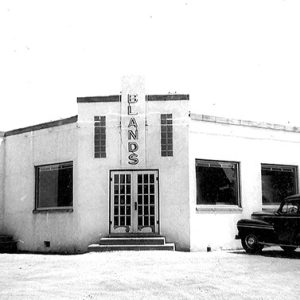 Blands Cafe
Blands Cafe  James Bridges
James Bridges 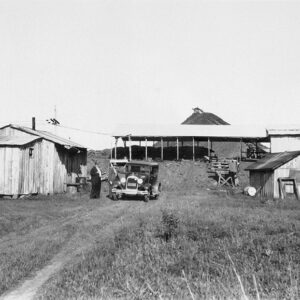 Carbon Coal Company
Carbon Coal Company  Comet Coal Mine
Comet Coal Mine 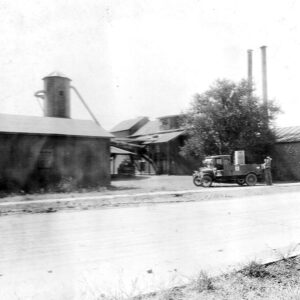 Conley Cotton Mill
Conley Cotton Mill  Eiffel Tower
Eiffel Tower  Eureka Mine
Eureka Mine 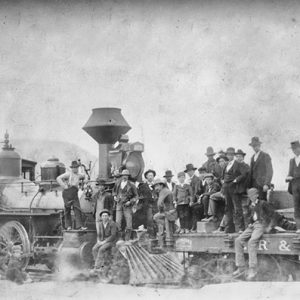 First Train to Paris
First Train to Paris 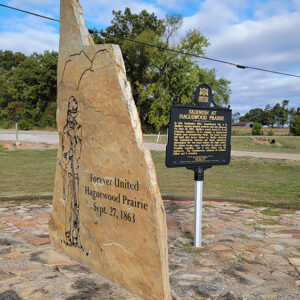 Haguewood Monument
Haguewood Monument 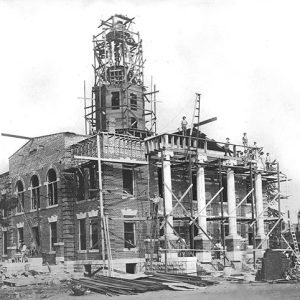 Logan County Courthouse in Paris
Logan County Courthouse in Paris 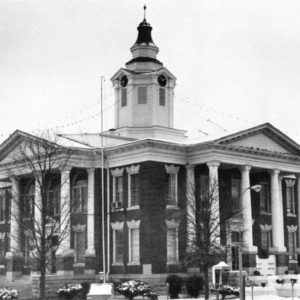 Logan County Courthouse
Logan County Courthouse 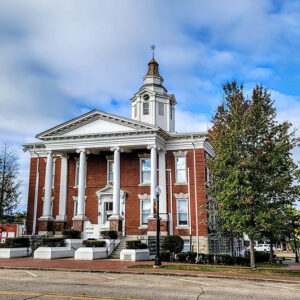 Logan County Courthouse, Eastern District
Logan County Courthouse, Eastern District 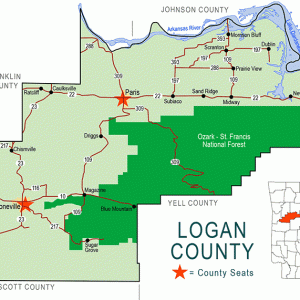 Logan County Map
Logan County Map 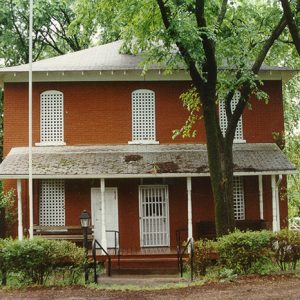 Logan County Museum
Logan County Museum 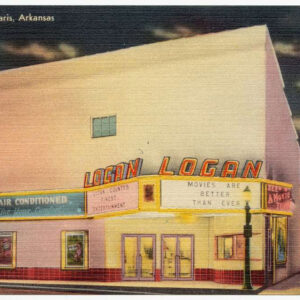 Logan Theater
Logan Theater  Paris Masonic Lodge
Paris Masonic Lodge 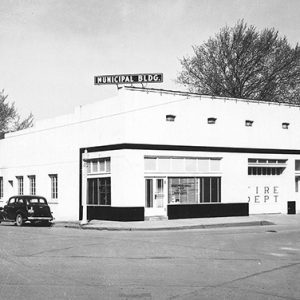 Paris Municipal Building
Paris Municipal Building 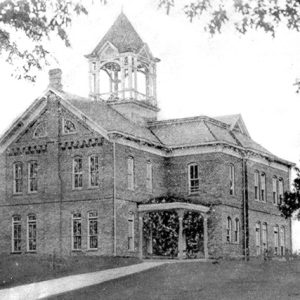 Paris Academy
Paris Academy 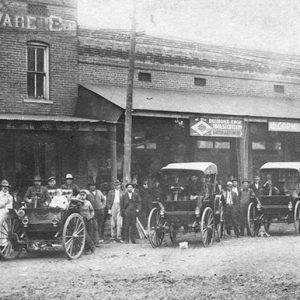 Paris Street Scene
Paris Street Scene  Paris Railroad Depot
Paris Railroad Depot 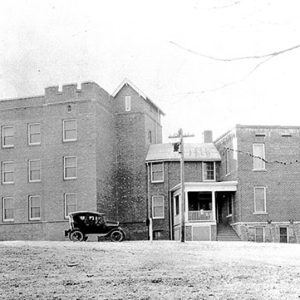 Paris Hospital
Paris Hospital 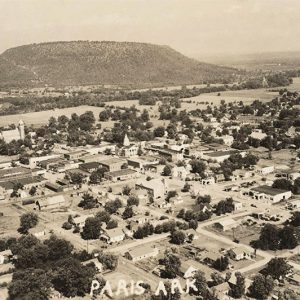 Paris Aerial View
Paris Aerial View 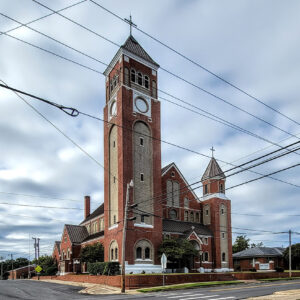 Paris Church
Paris Church 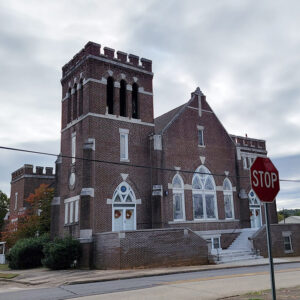 Paris Church
Paris Church  Paris Church
Paris Church 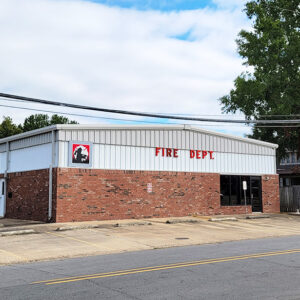 Paris Fire Department
Paris Fire Department 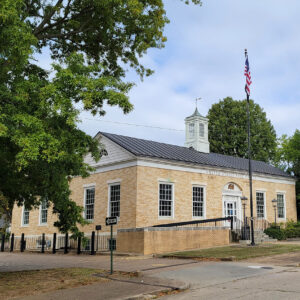 Paris Post Office
Paris Post Office  Paris Post Office
Paris Post Office 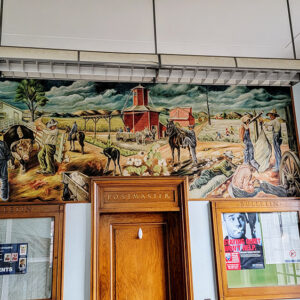 Paris Post Office
Paris Post Office 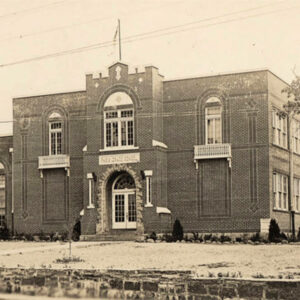 Paris School
Paris School 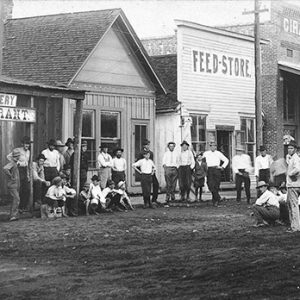 Paris Street Scene
Paris Street Scene 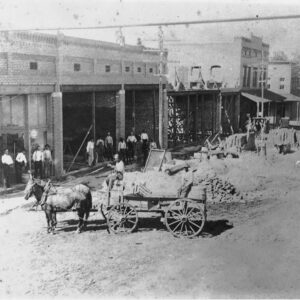 Paris Street Scene
Paris Street Scene  Paris Street Scene
Paris Street Scene  Paris Street Scene
Paris Street Scene  Paris Street Scene
Paris Street Scene  Paris Street Scene
Paris Street Scene 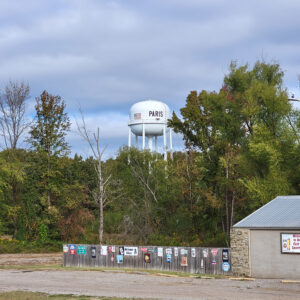 Paris Water Tower
Paris Water Tower  Joseph Vorst's Post Office Mural
Joseph Vorst's Post Office Mural 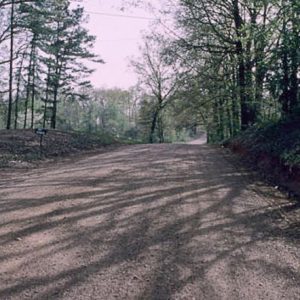 Short Mountain Road
Short Mountain Road 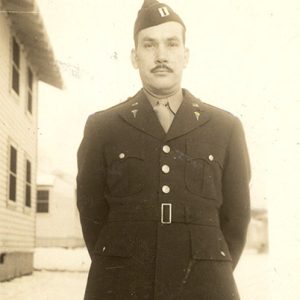 Dr. Charles Smith
Dr. Charles Smith 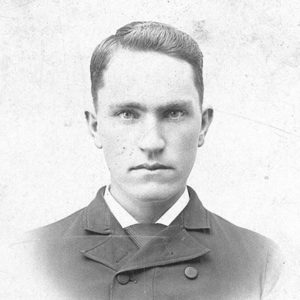 "Dr. Mack" Smith
"Dr. Mack" Smith  "Dr. Mack" Smith Home
"Dr. Mack" Smith Home 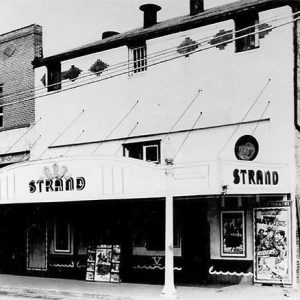 Strand Theater
Strand Theater  Arthur Tillman Hanging
Arthur Tillman Hanging 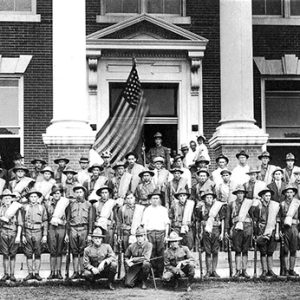 World War I Soldiers
World War I Soldiers 




Comments
No comments on this entry yet.